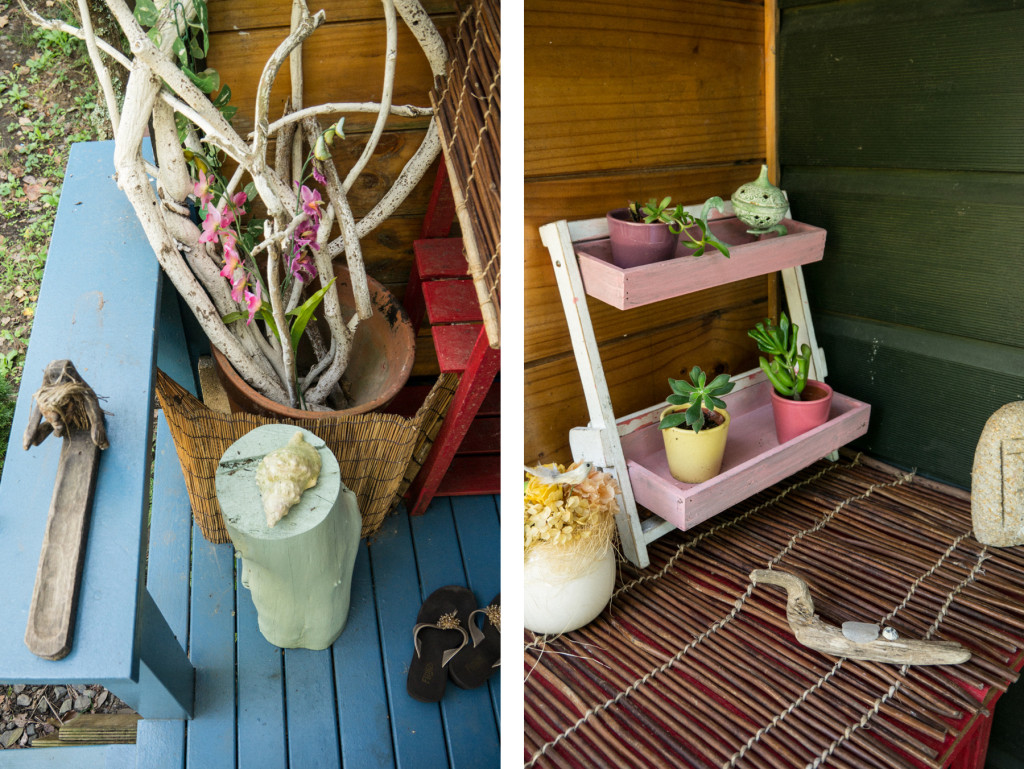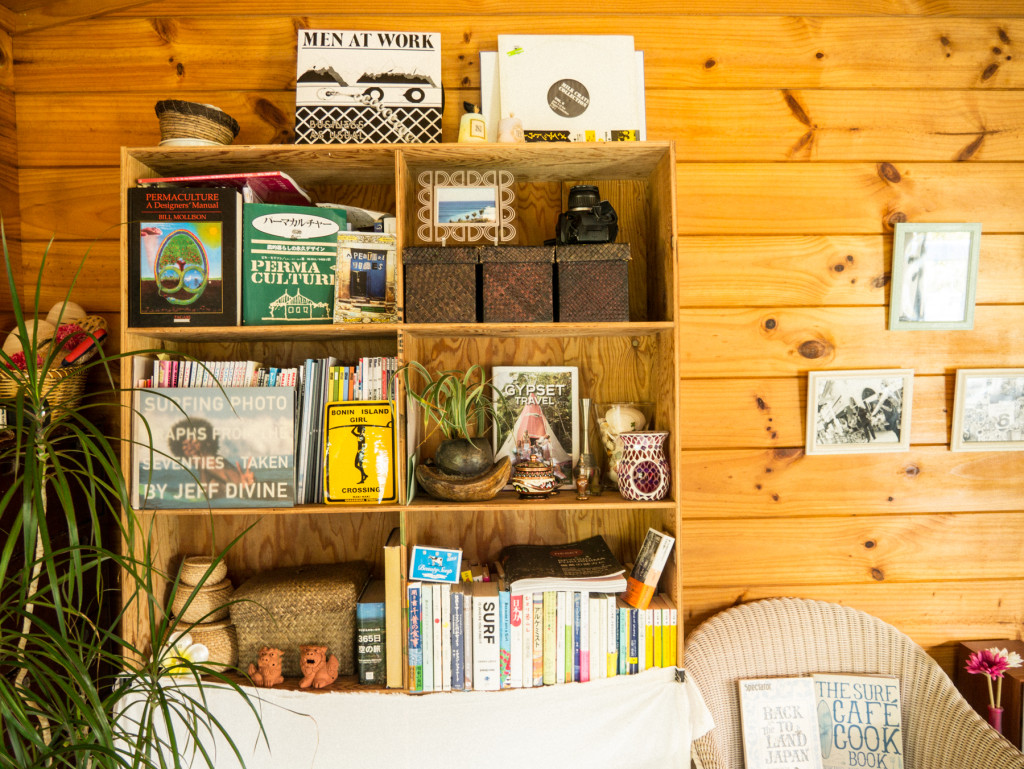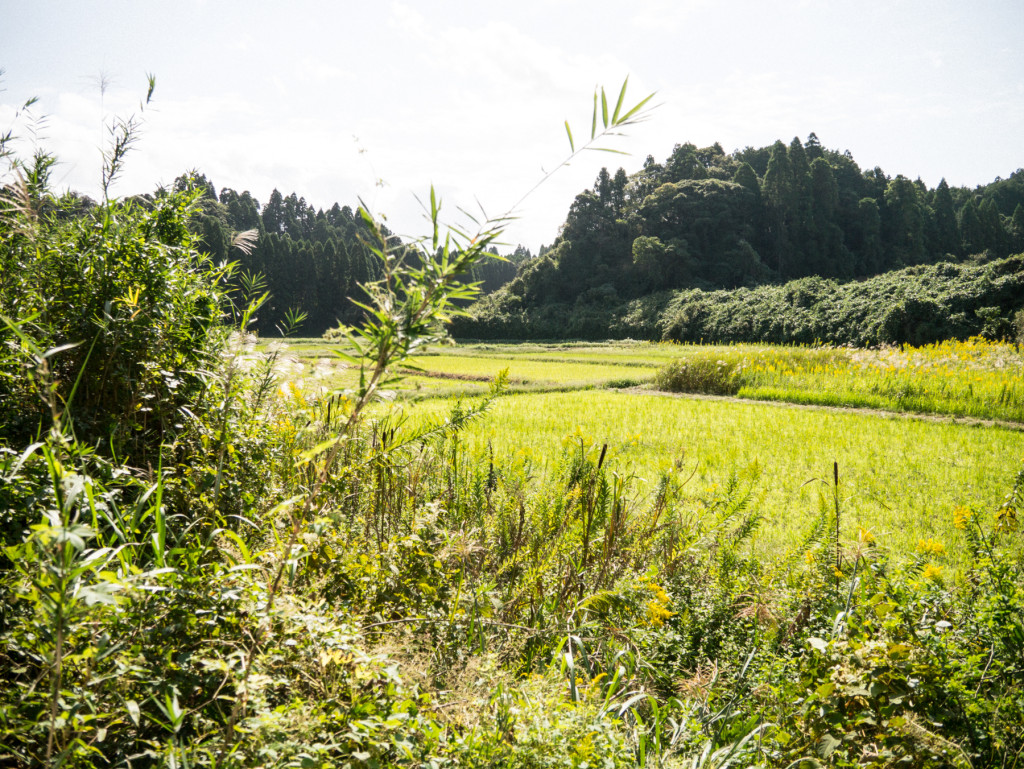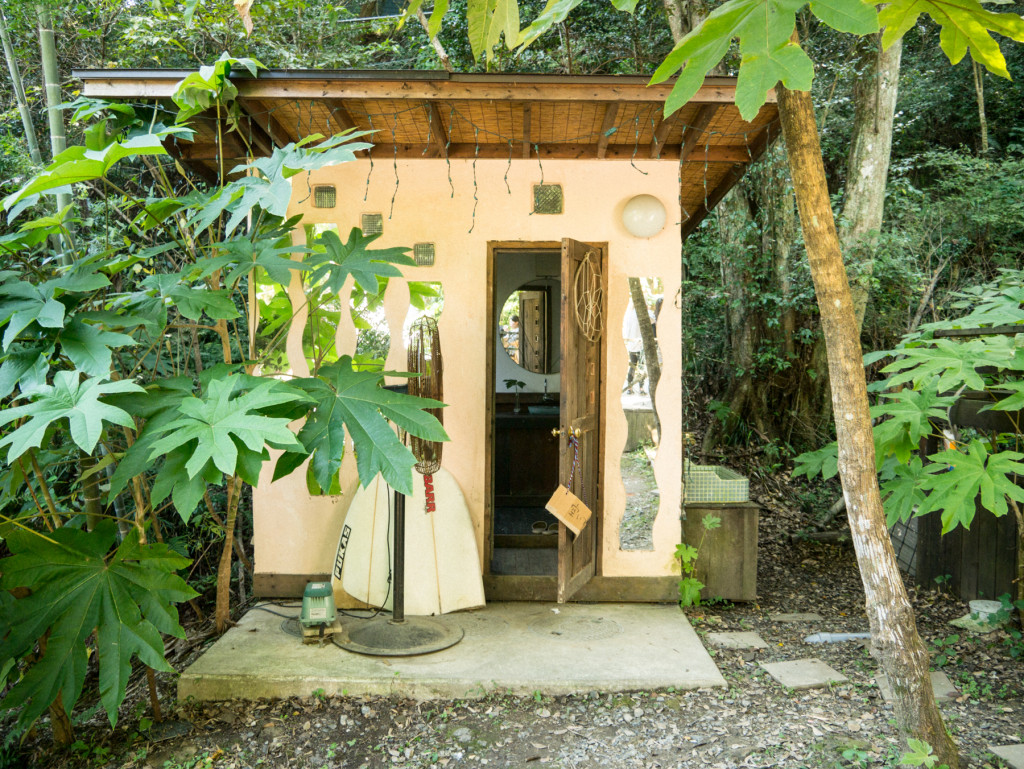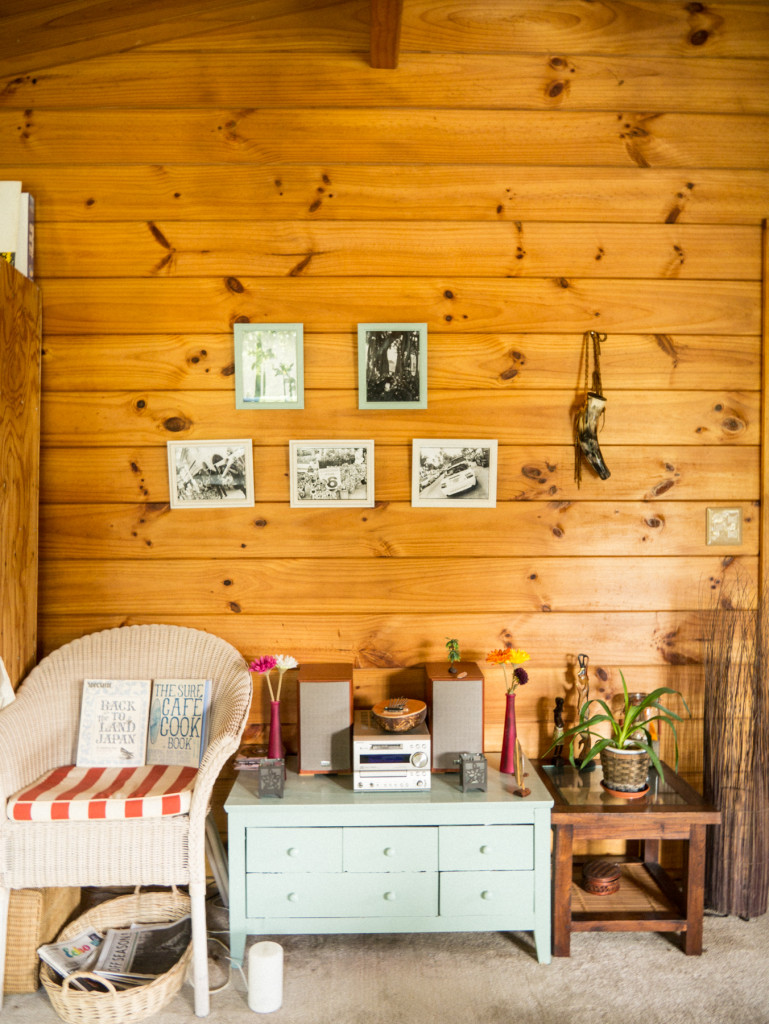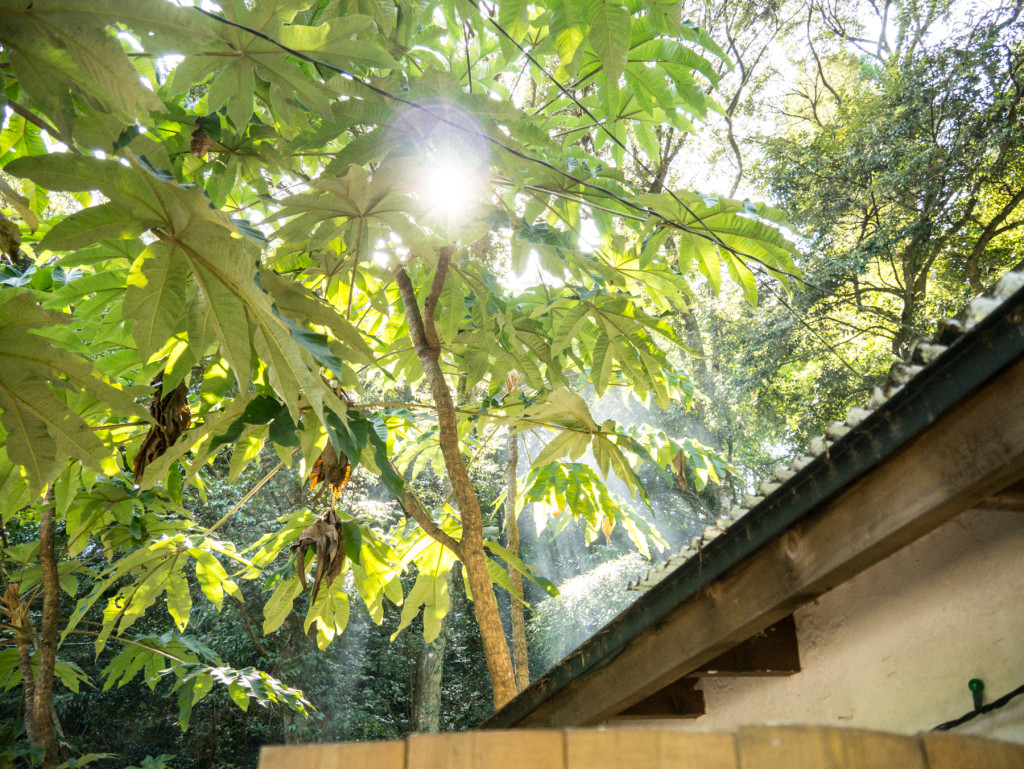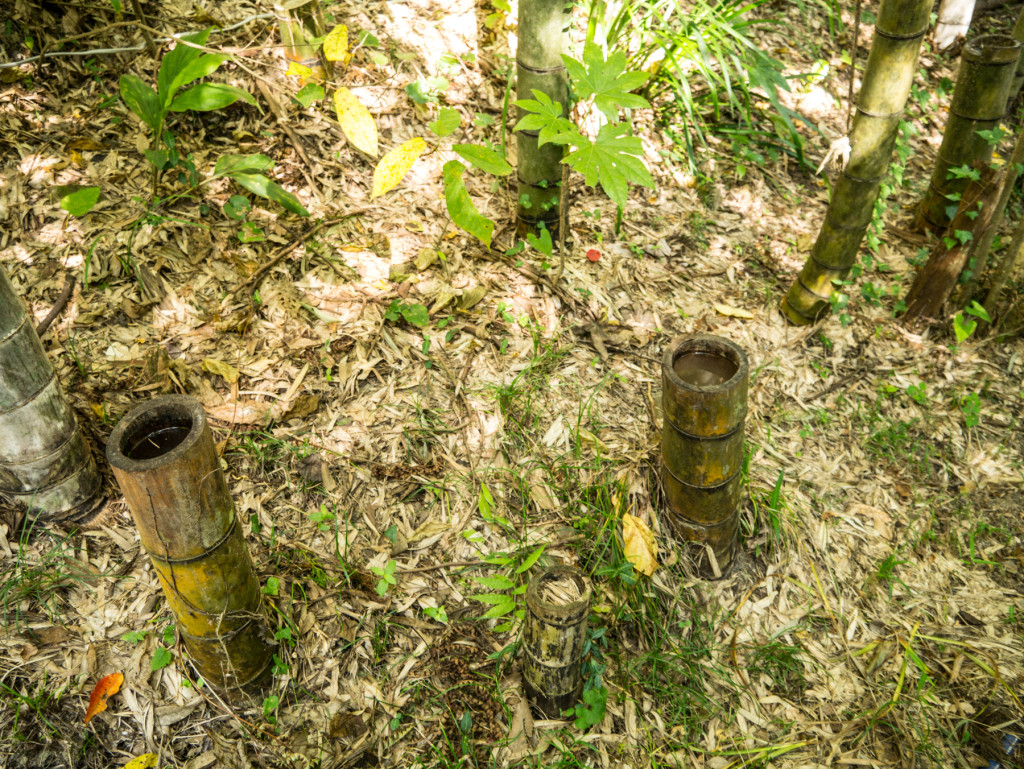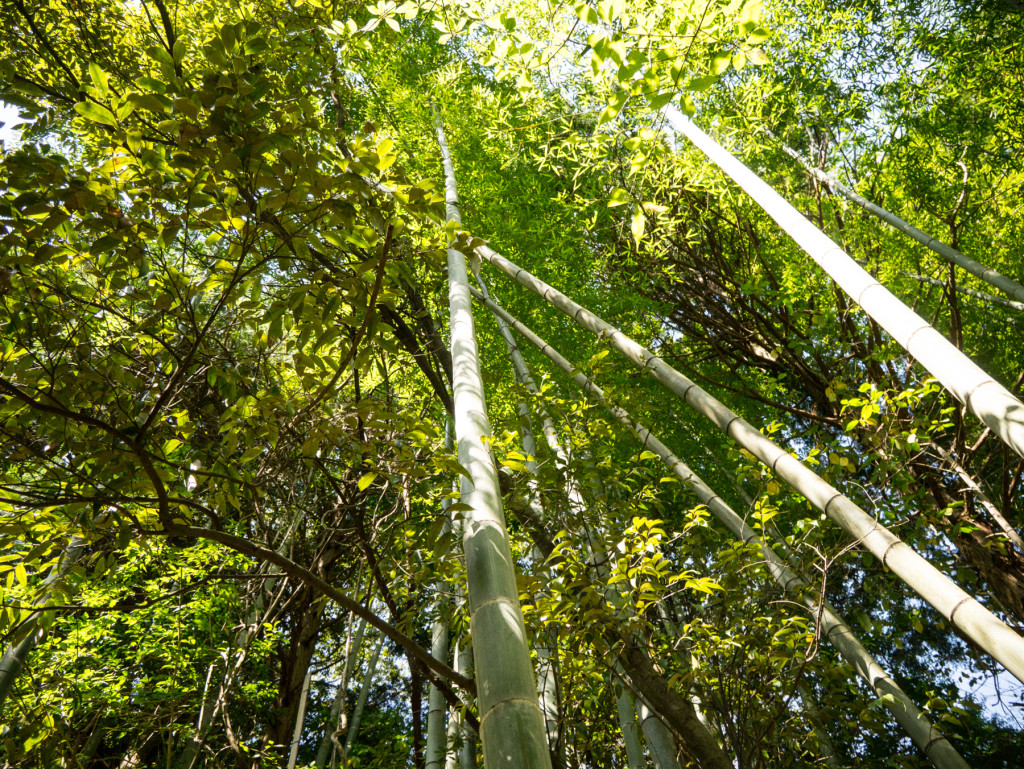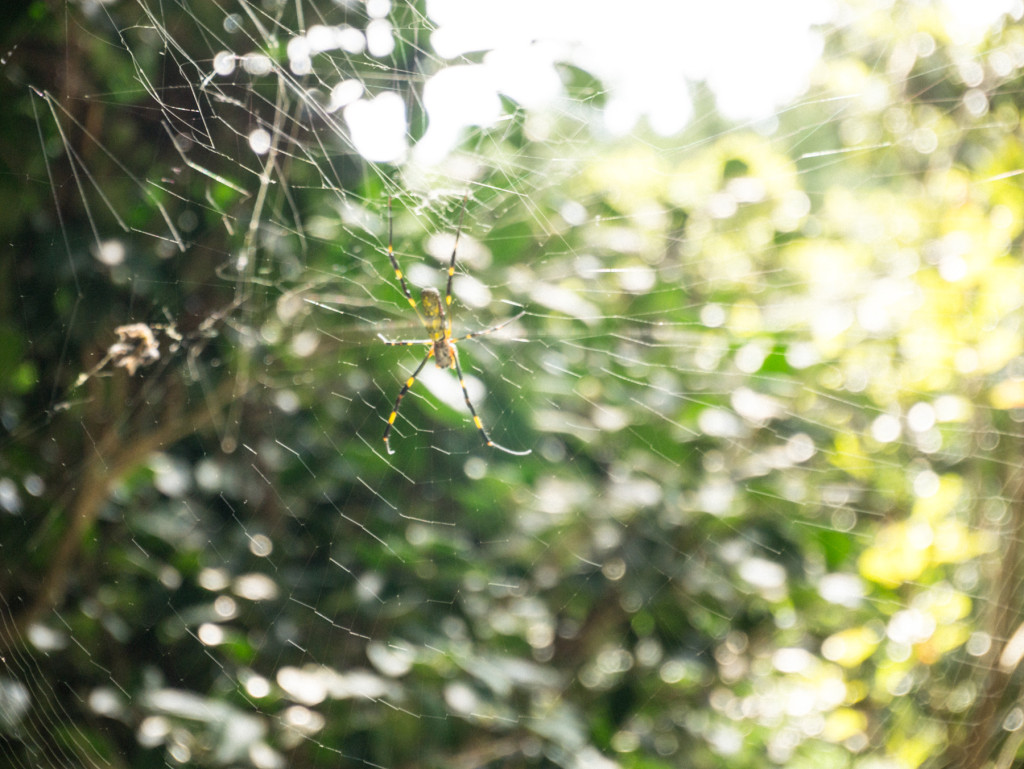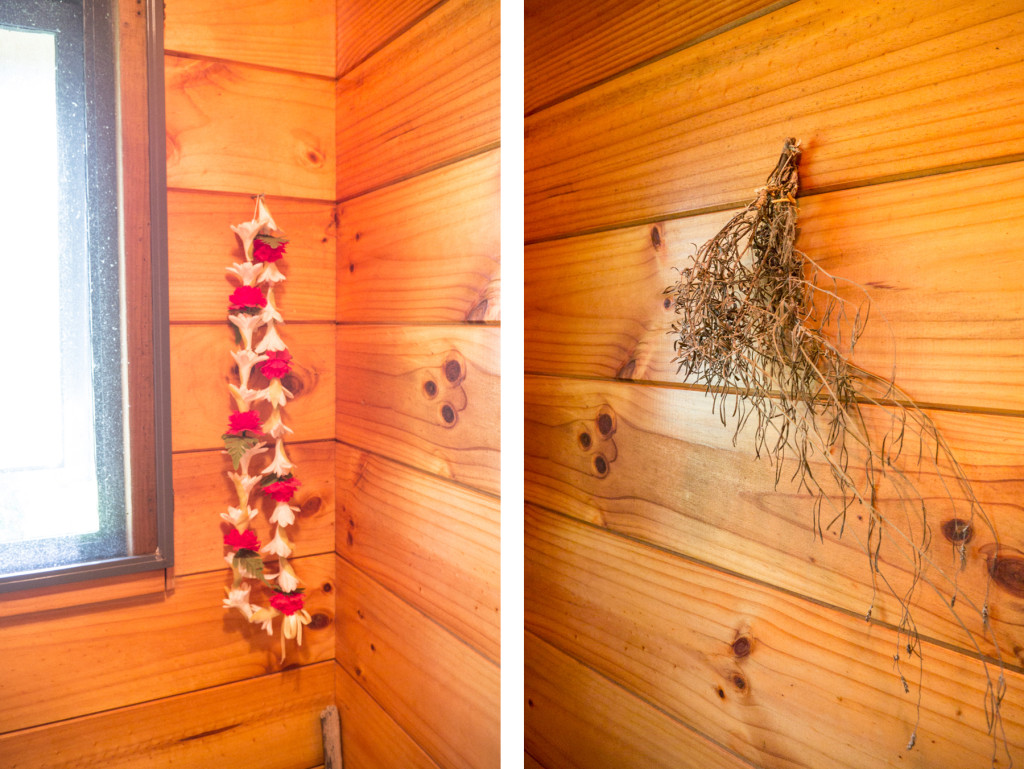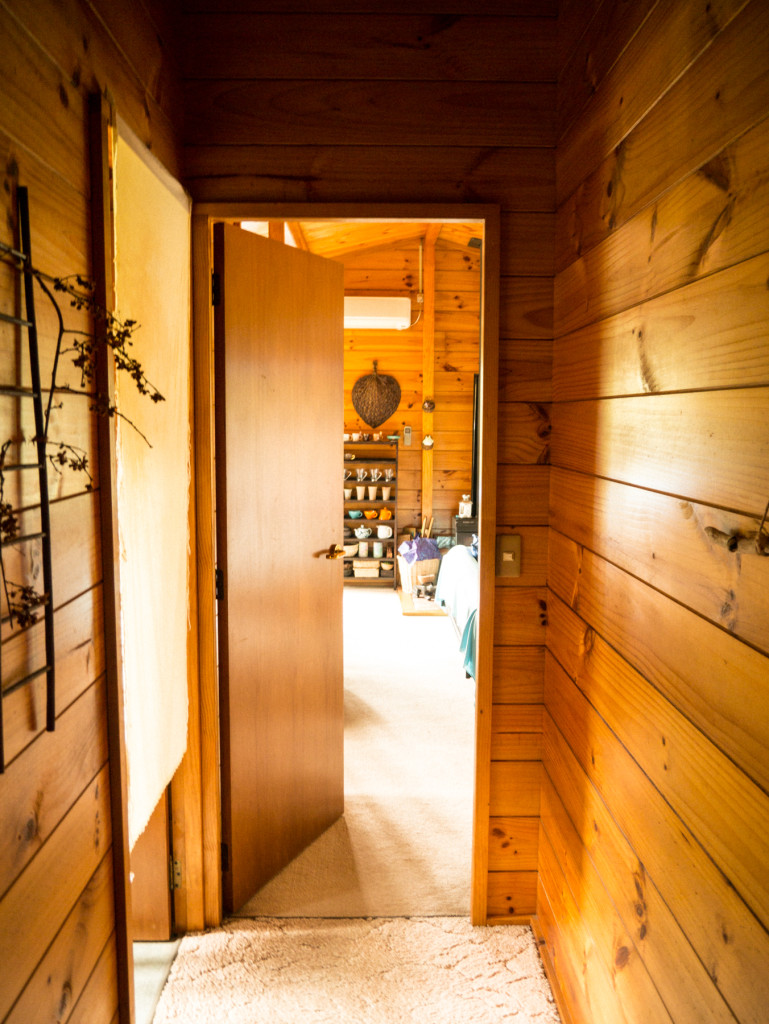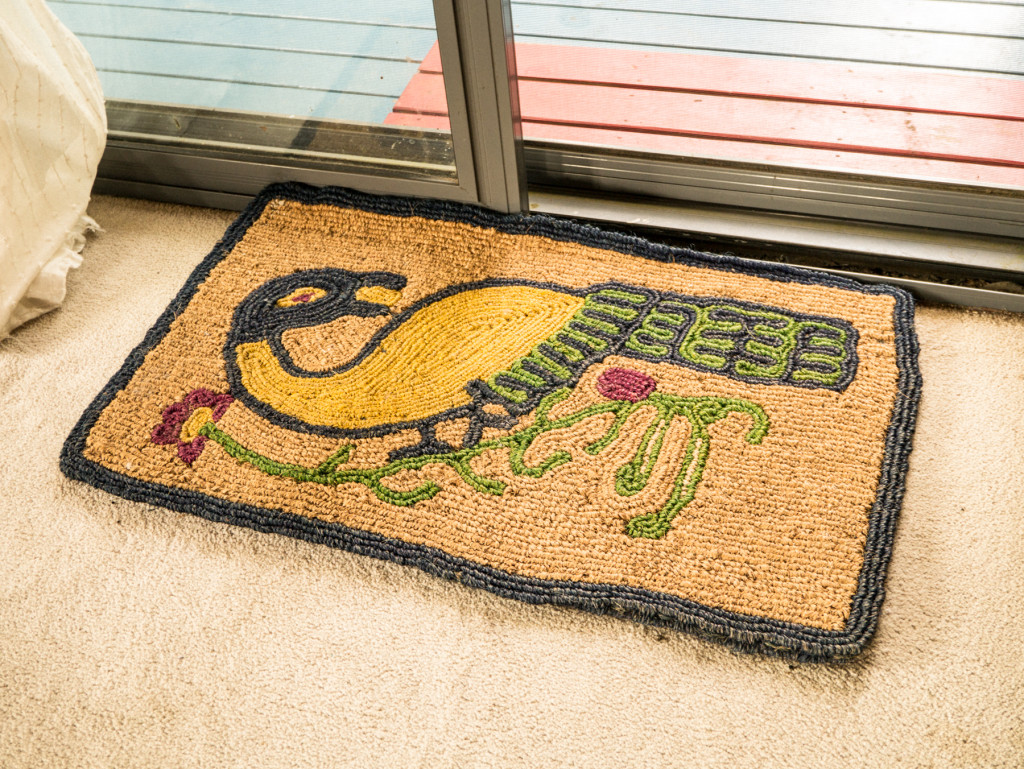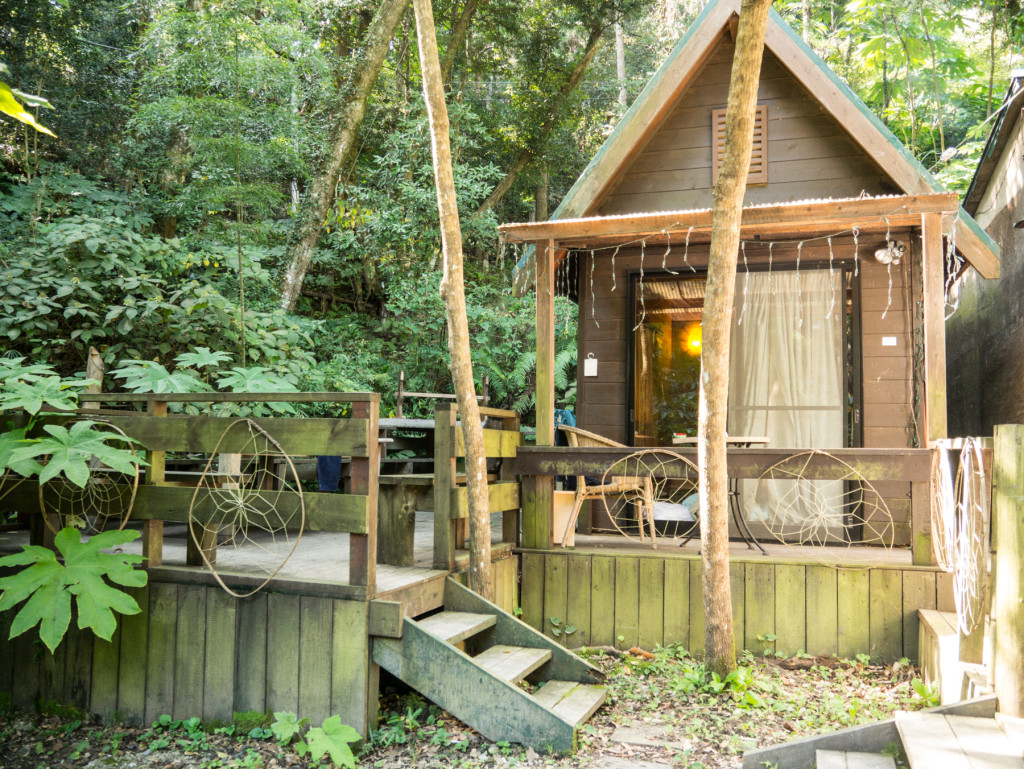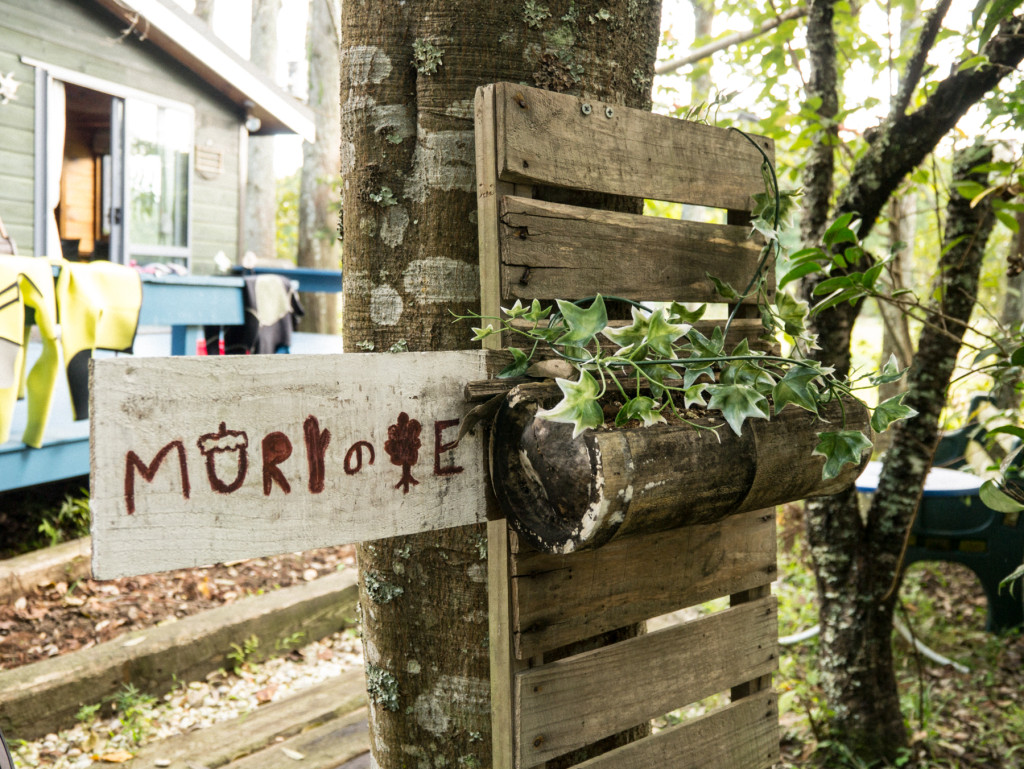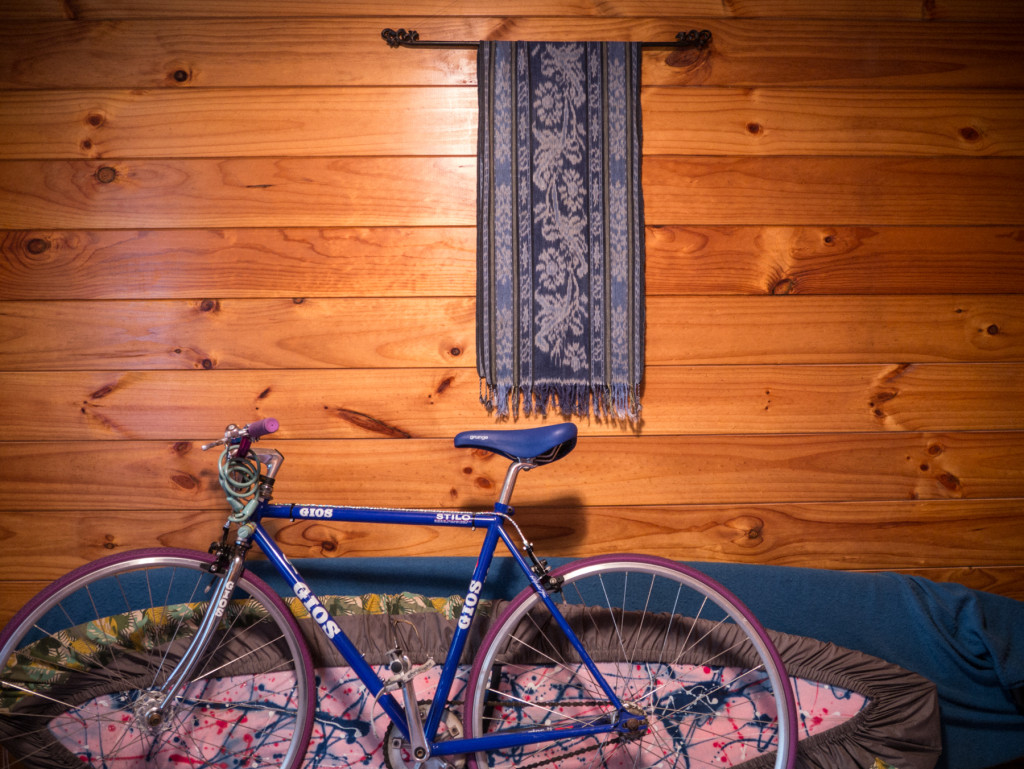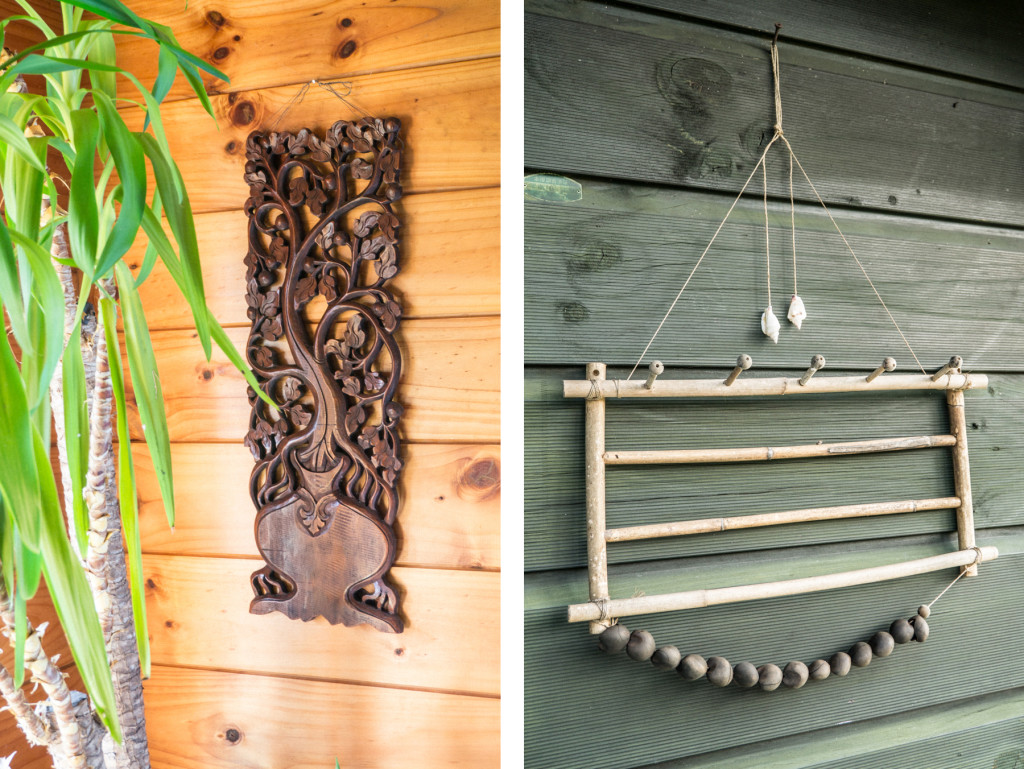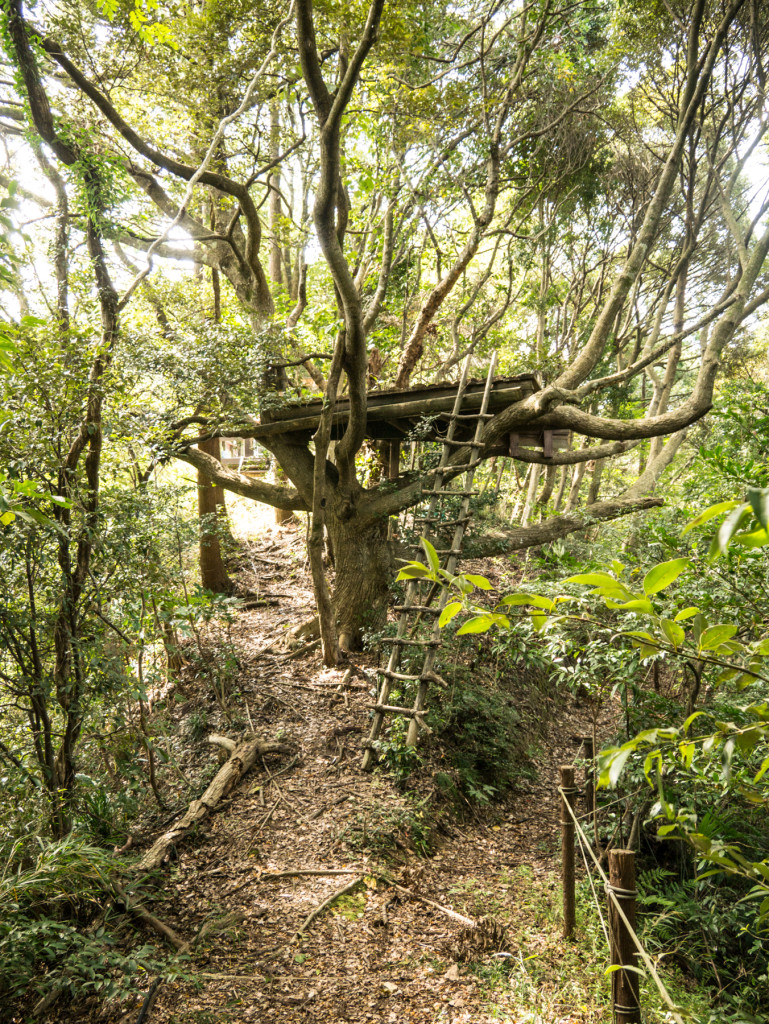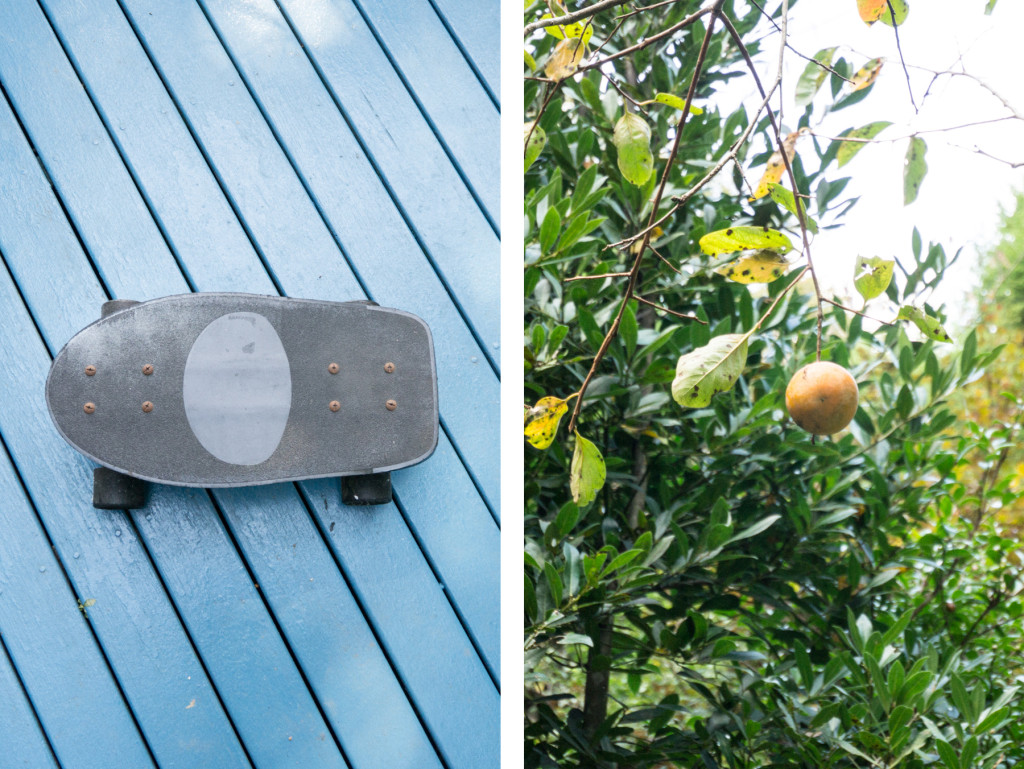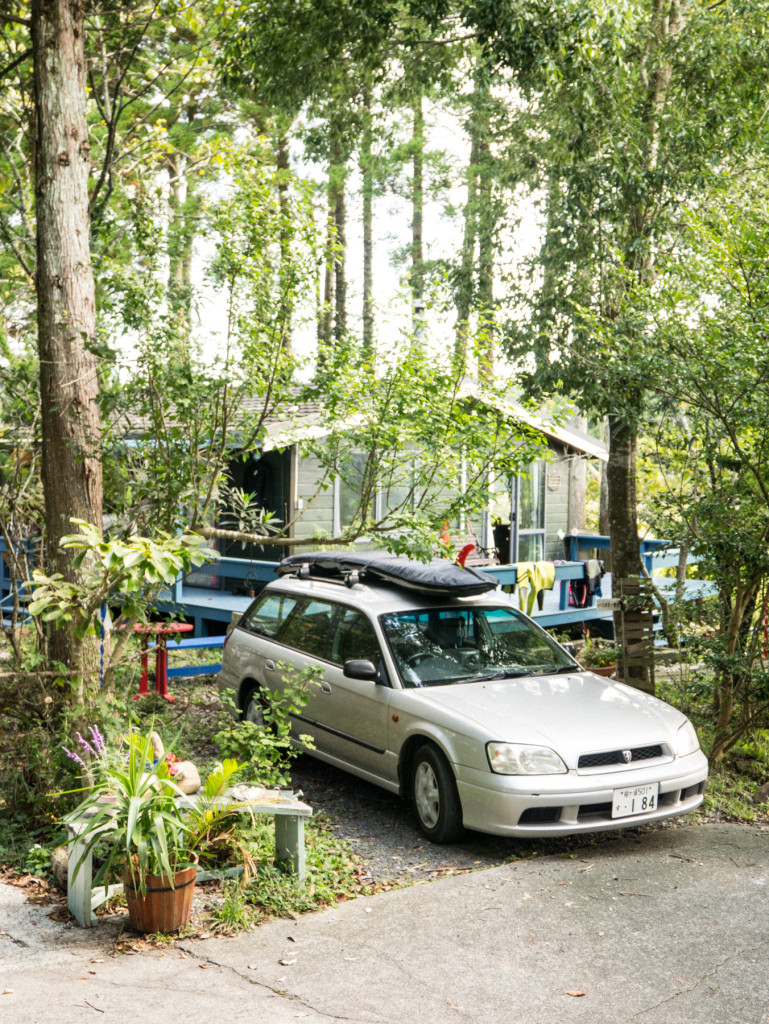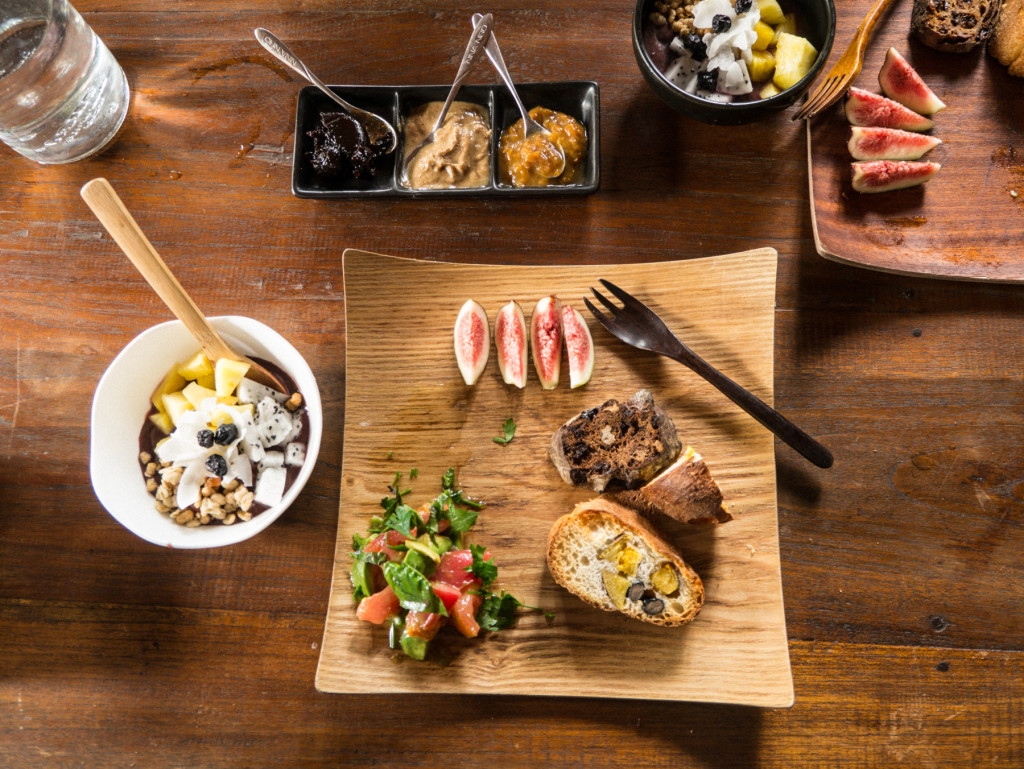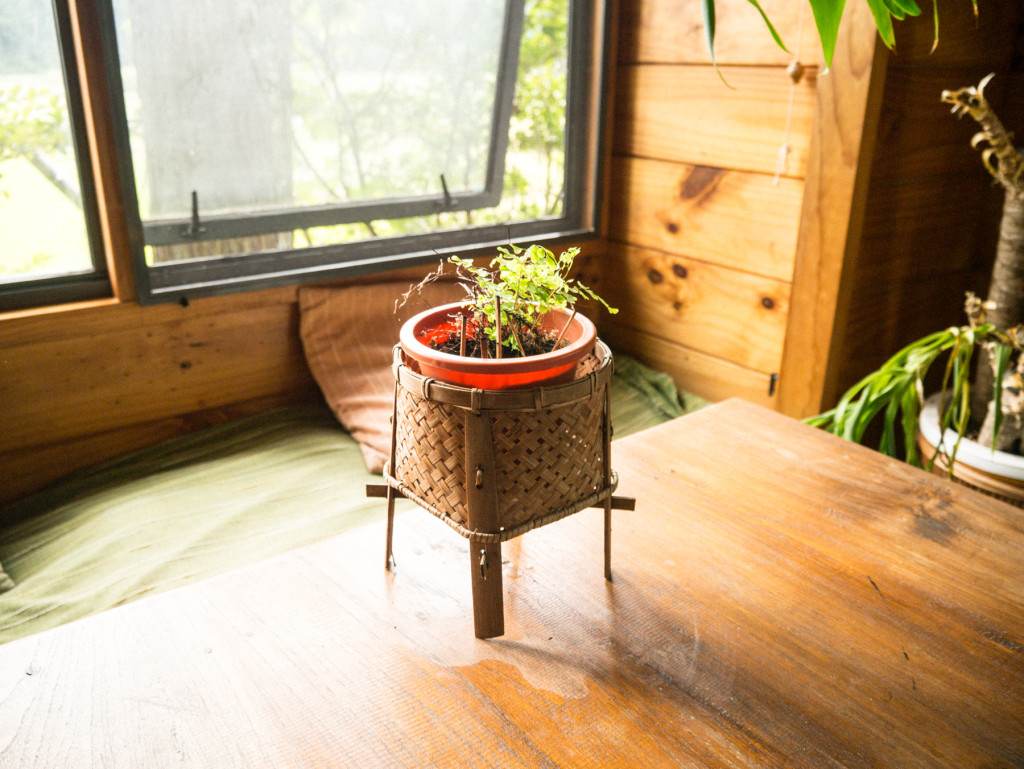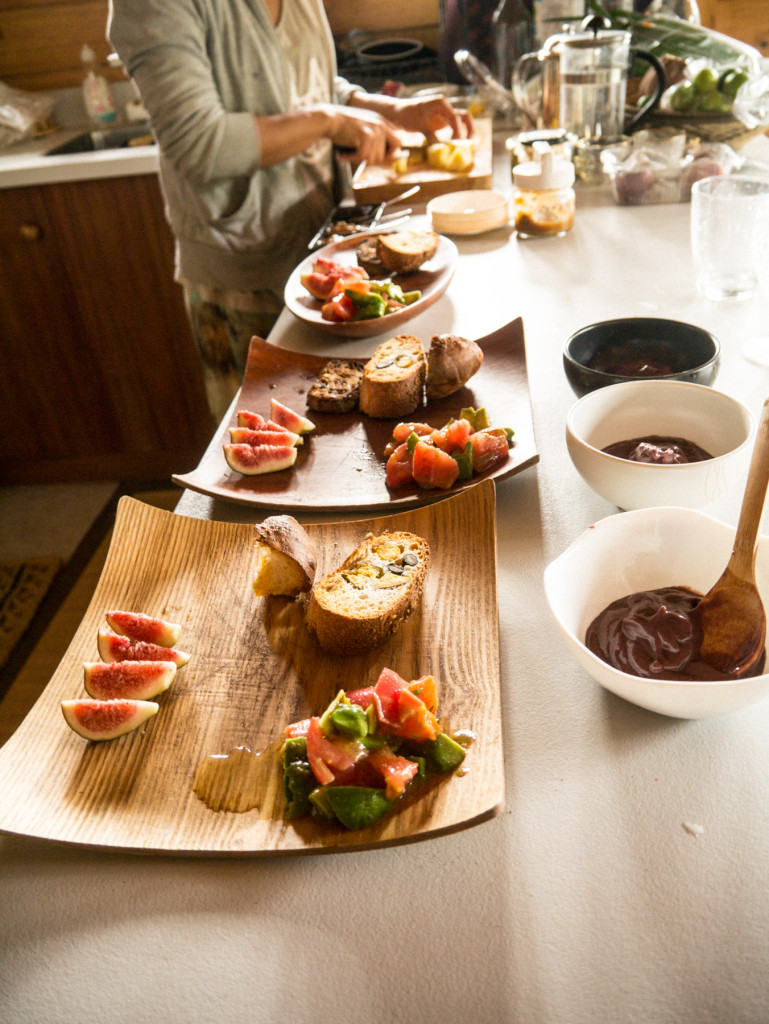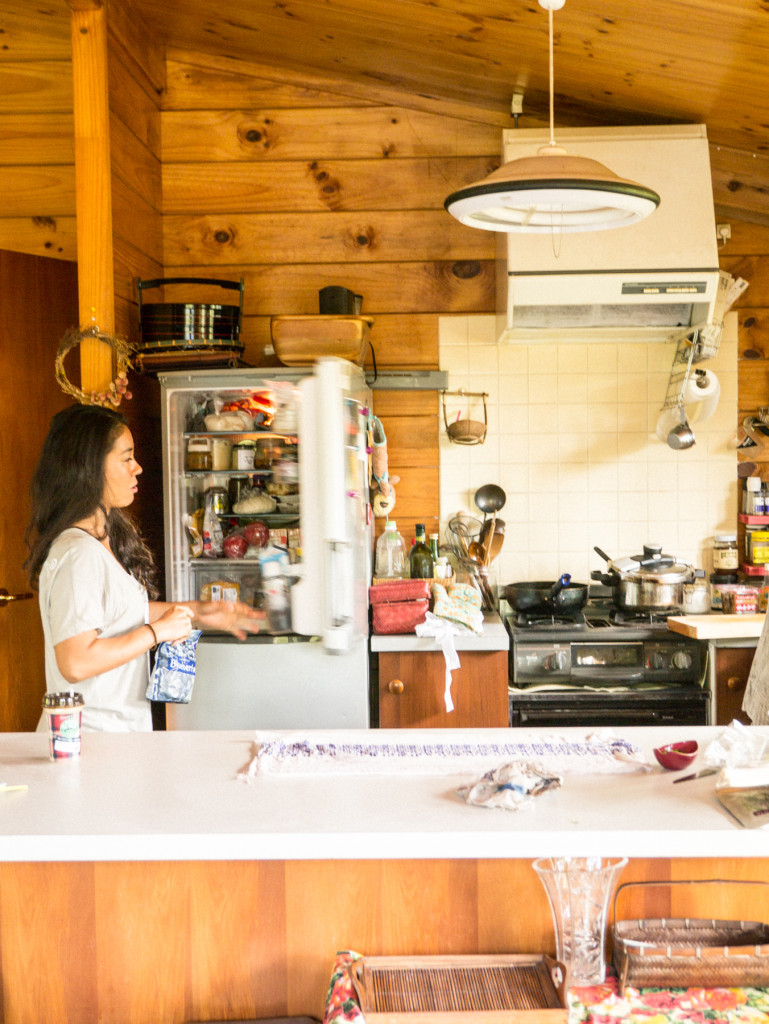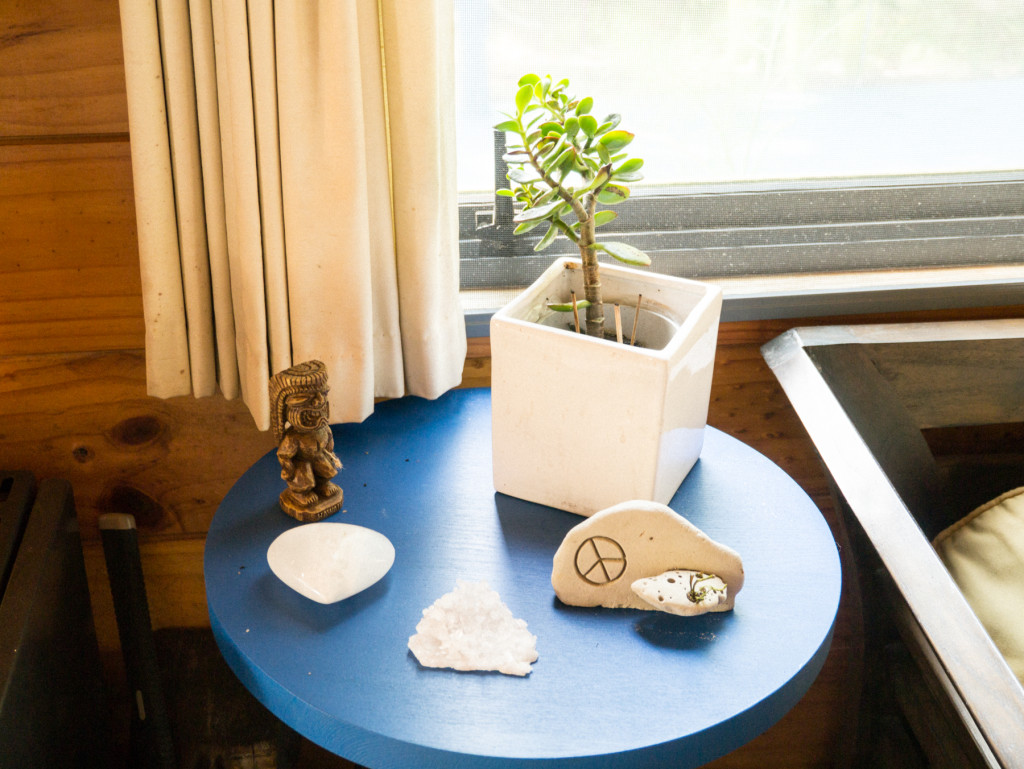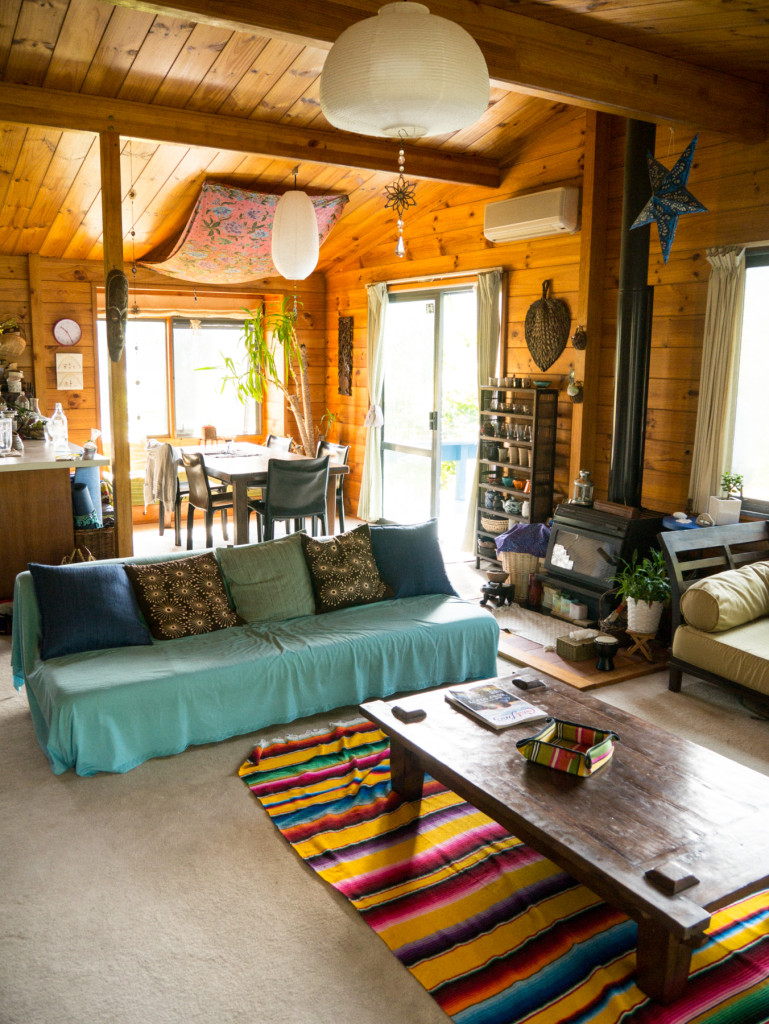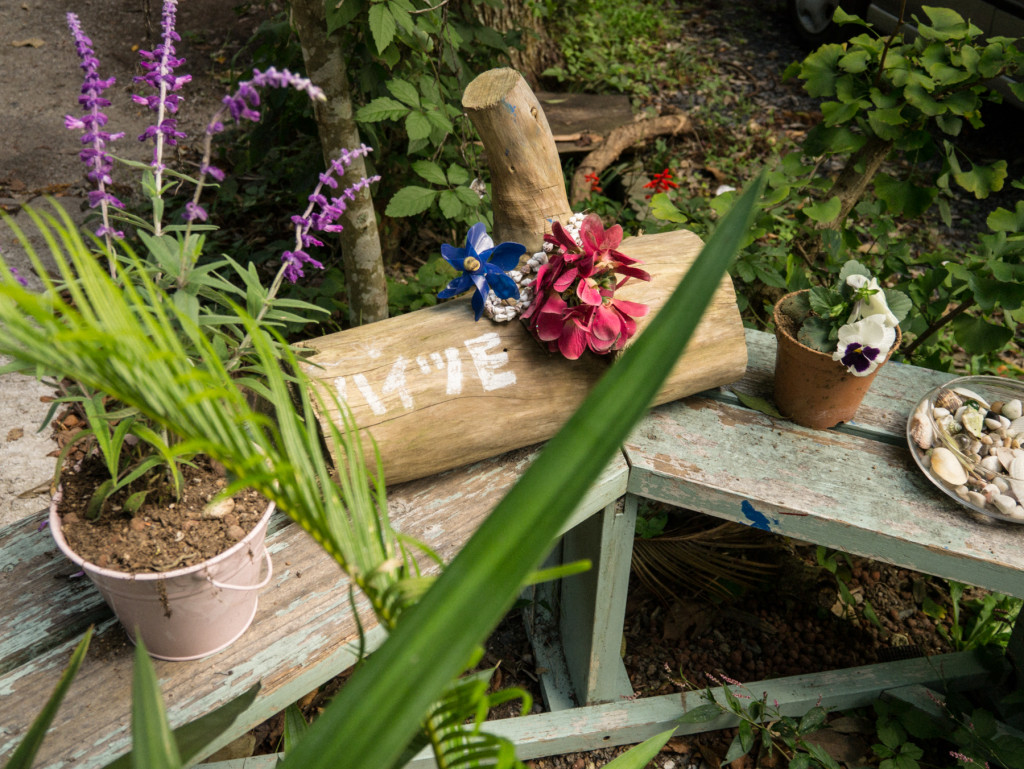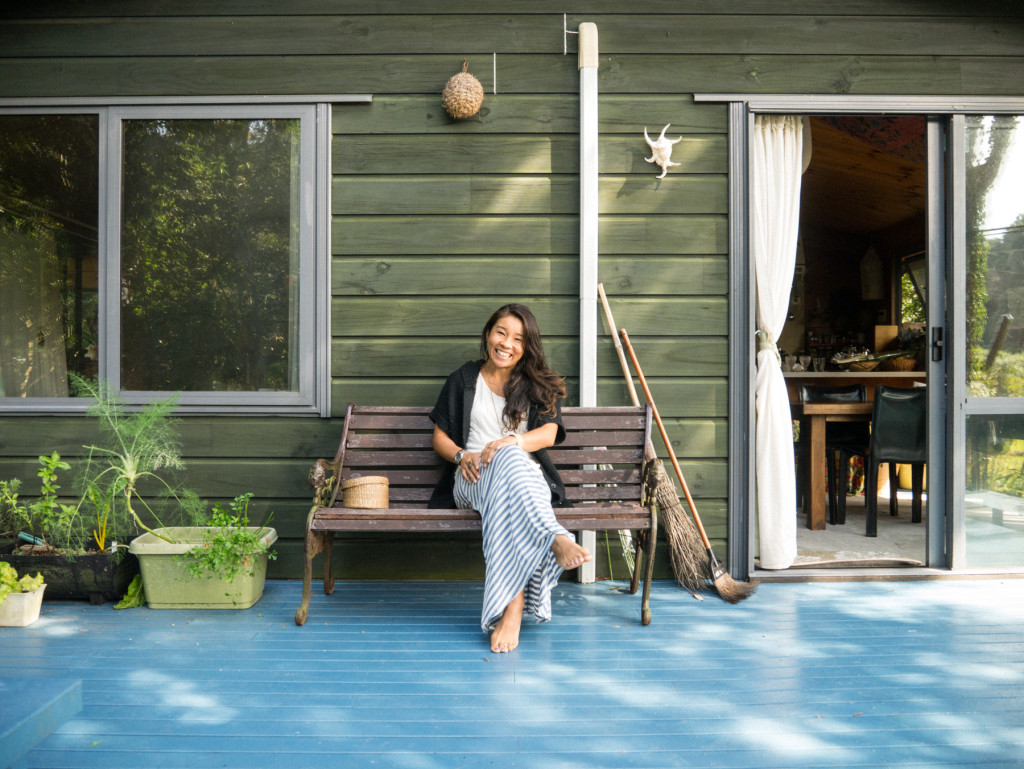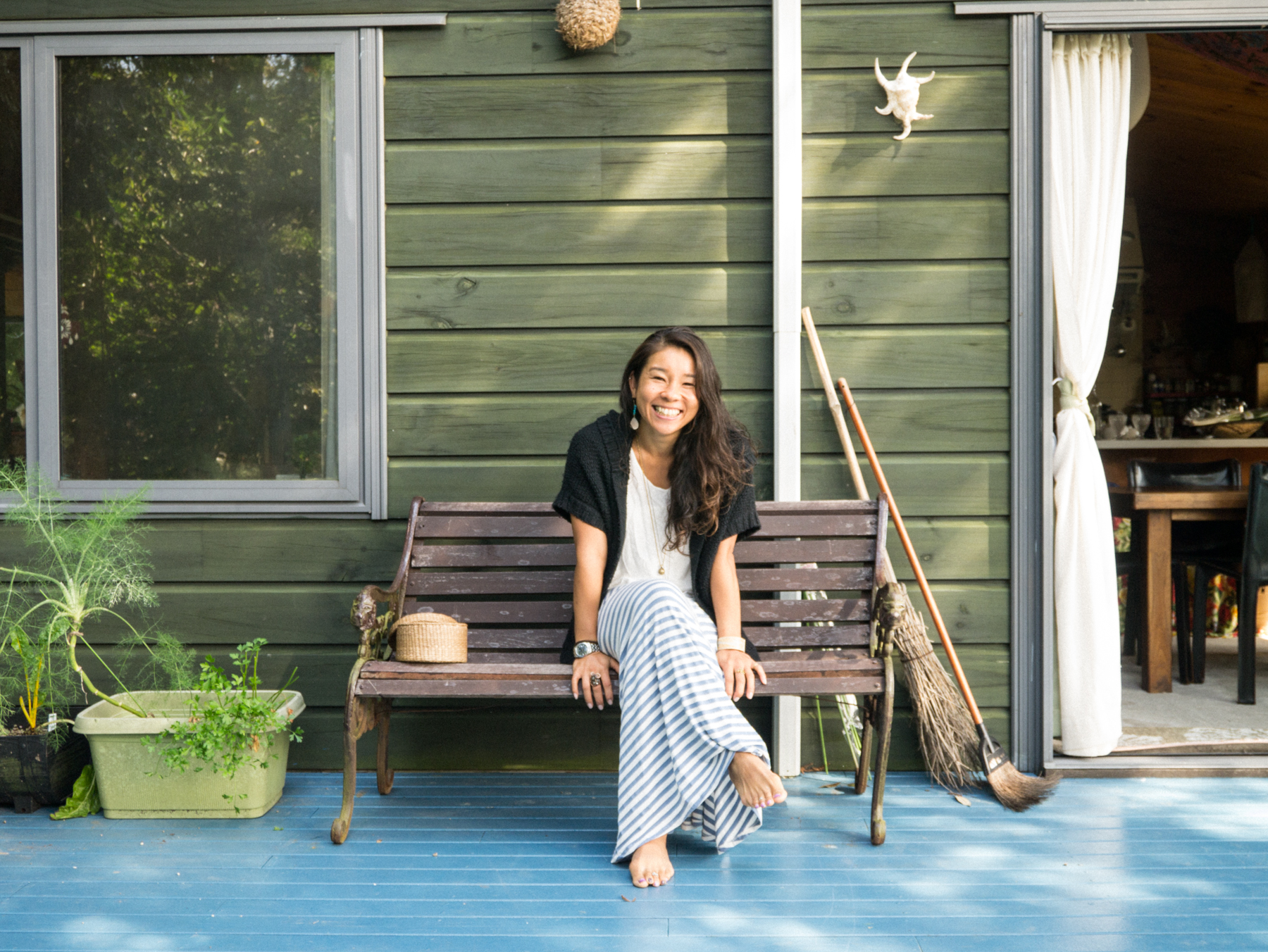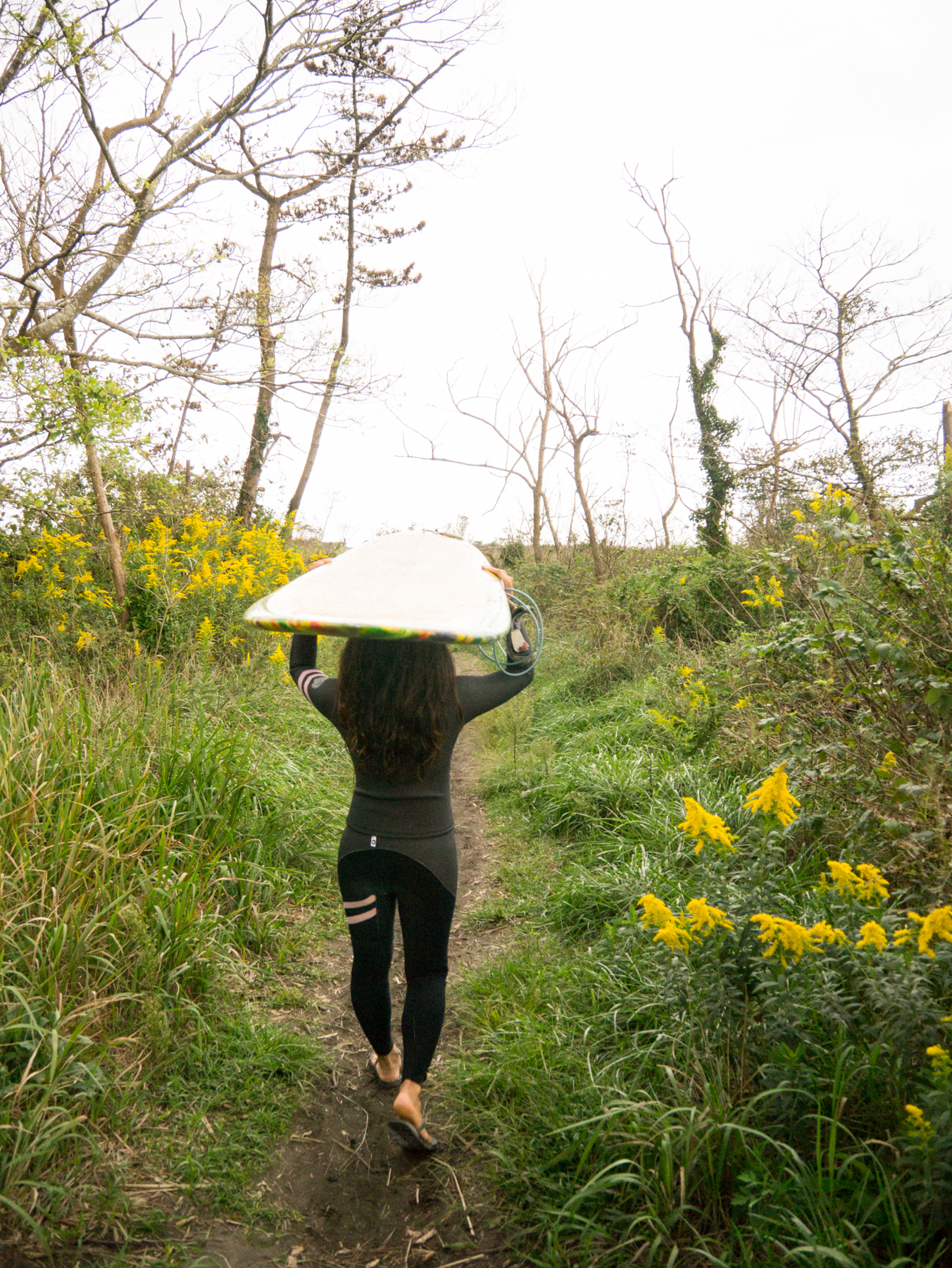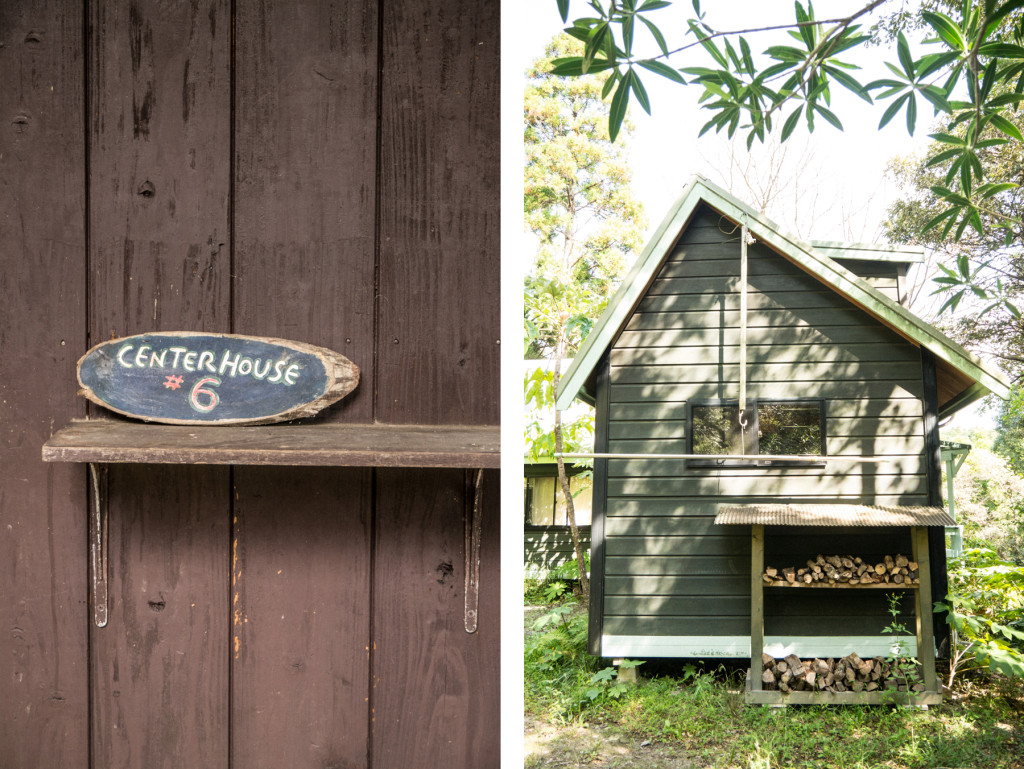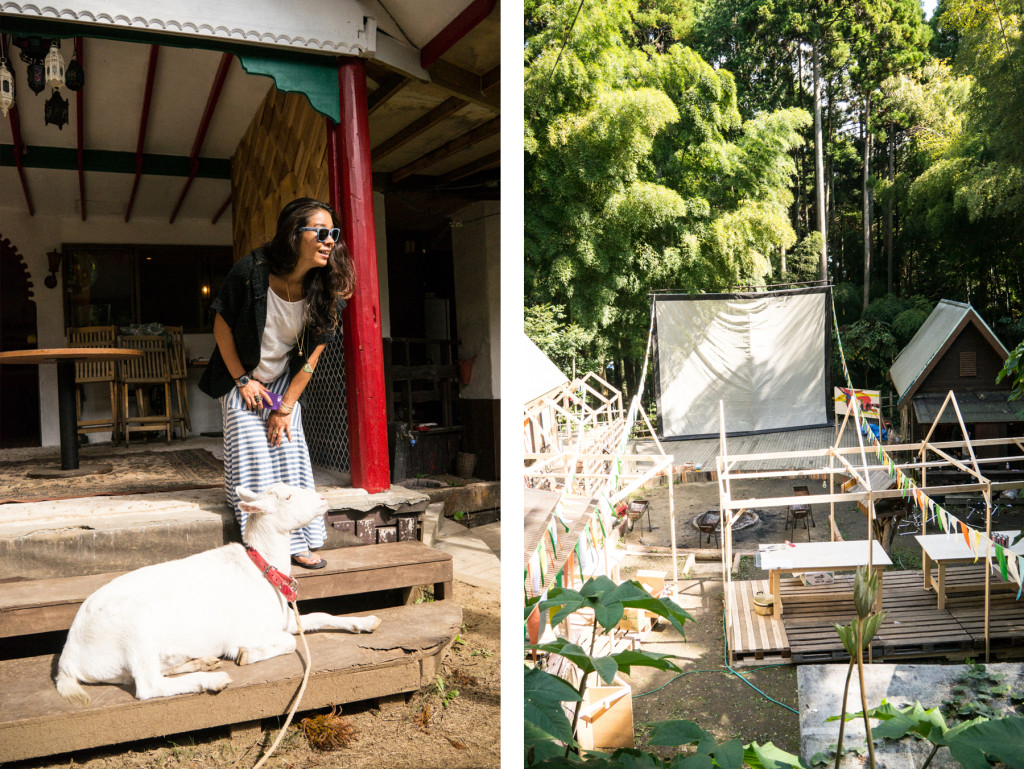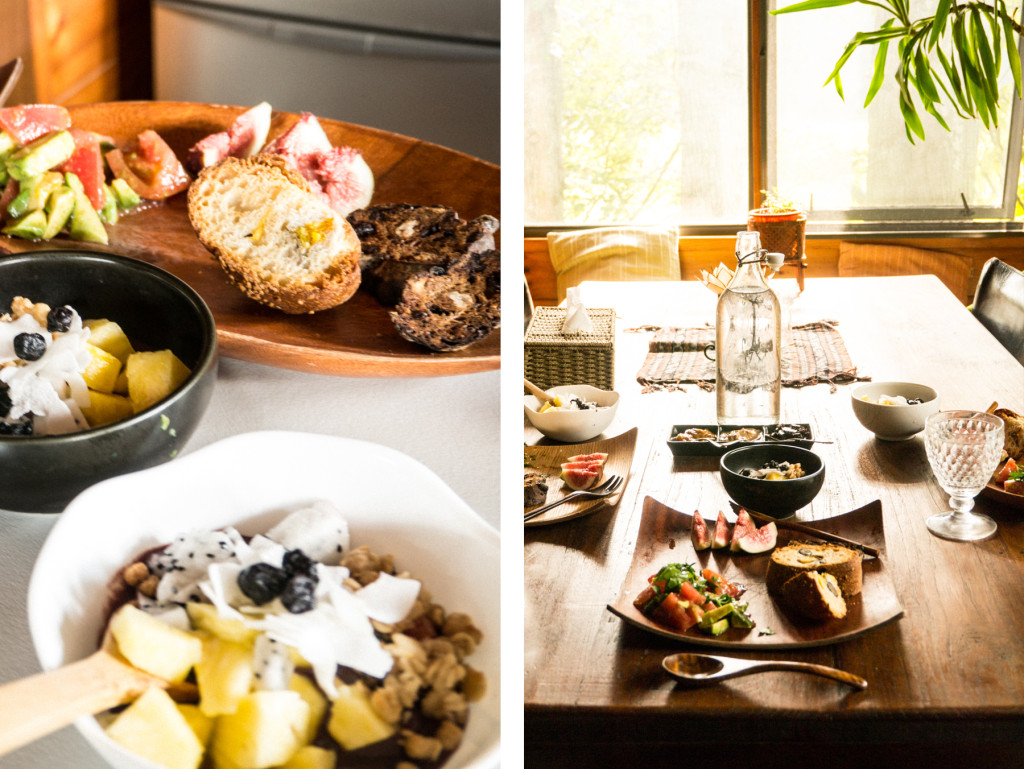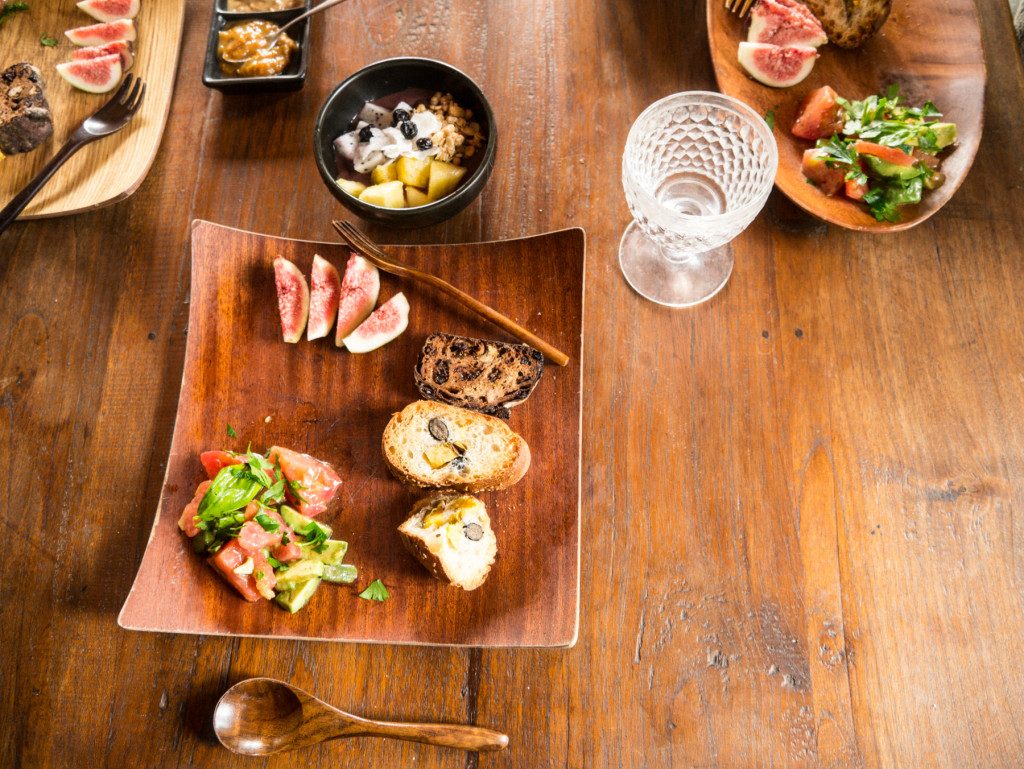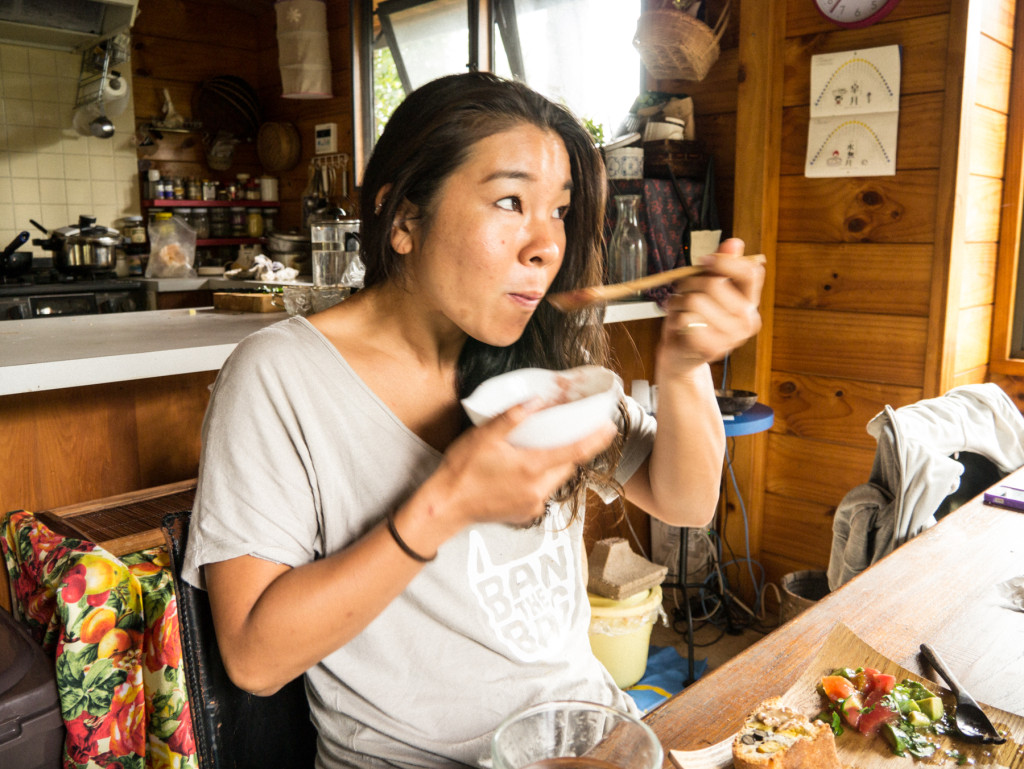Nature is so powerful and when I see the seasons change slowly and elegantly, I feel so much alive here. And I think being surrounded by something bigger than yourself, people become humble, gentle, giving, creative and sensous and hence try to be themselves to live life, and live their dreams. Everything here is REAL, nothing here is fake and you cannot be pretentious.
In nature, you can really let go the suppressed emotions, get in tune with you your values and follow your passions.
It’s kind of the quality of life that money nor time can buy — you just have to be here in THIS moment, HERE and NOW, to be appreciative that you are simply alive.
Also, people chose to live here intentionally, whether for surfing, in pursuit for organic, sustainable living or for other reasons. There is one thing in common; we all have a story to be told and shared and we have time and space to listen to others. It’s the story that led us here in this present living, the story we chose to be different from the norm and to be unique which is much needed in the Japanese society.
How has this area changed over the years with surf culture in Japan being more popular than ever, and with the environment being so threatened?
Surfing, or surf culture is a massive trend in Japan. The fashion industry started to penetrate into the surf lifestyle / culture and now it’s booming with hipster high end clothing apparels in the surf scene. It is estimated that more than 2 million surfers are in Japan! And many surf stores have opened up in my local small surf town. After the earthquake in 2011, the beach was so quiet, primarily due to respecting the sufferers and victims of the Tsunami and also people were afraid of the radiation risks. The local business were hit hard. Many of the conscious surfers, some whom are really good friends, fled and moved out of Chiba very quickly down to as far south as they could get, to escape any potential risks and threats of radiation exposure. It was sad to see them leave but sometimes we just have to accept some things and such is life. Move on and learn from our mistakes, and do good things for the future. Now people are a bit more educated and although the environment is still at risk, the 2013 summer season was busy once again with many surfers out in the water of Chiba.
What are your favorite local hangouts?
Brown’s Field (organic farm and macrobiotic cafe), Travel Coffee, Primrose (Indian curry restaurant in my community), Jamnesia, my office lounge.
Where is your favorite place to surf in Japan?
Malibu, Katsuura.
You are an excellent chef. Where did you learn to cook such amazing macrobiotic vegan feasts?
Mainly self taught, but I have assisted in a cooking workshop tour (to Australia ) with macrobiotic chef, Deco Nakajima (founder of Brown’s field). I have recently started my vegan macrobiotic catering, “Hiromix Kitchen” and just love cooking and being creative with new recipes. It’s all about mixing traditional healthy Japanese ingredients and cooking methods with western or foreign ideas to create something new, inspiring and colorful. It’s where people meet and mingle (hence the name Hiromix) over healthy tasty meals and there the conversation is naturally bound to be about healthy conscious eating habits. Good food speaks for itself.
